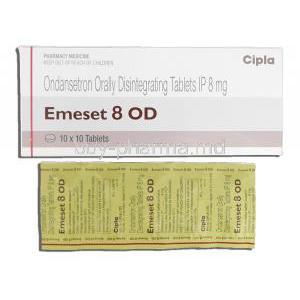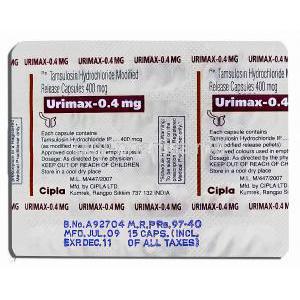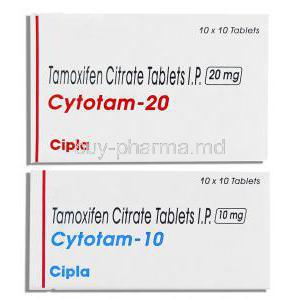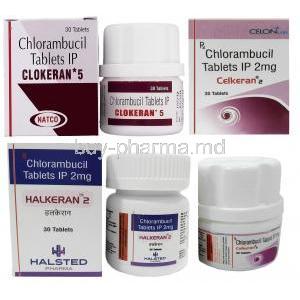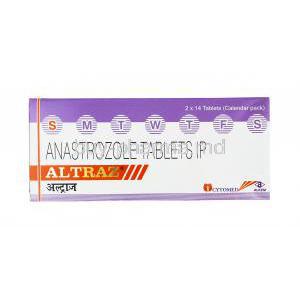Ruxolitinib
I. Introduction
Ruxolitinib signifies a groundbreaking change in how we approach treating blood cancers, ushering in a fresh era of precise therapy. Back in 2011, regulatory bodies gave their nod for Ruxolitinib's use in settings following thorough investigations into the Janus kinase (JAK) pathways and their impact on myeloproliferative disorders. Its entry into the realm of medicine marked progress, offering a ray of hope to patients grappling with conditions that were once considered difficult to handle.
II. Composition
- Ruxolitinib, a molecule inhibitor targets the ATP binding domain of JAK1 and JAK2 enzymes to interrupt abnormal signaling pathways crucial in the development of specific diseases.
- It comes in tablet form, for administration and patient adherence.
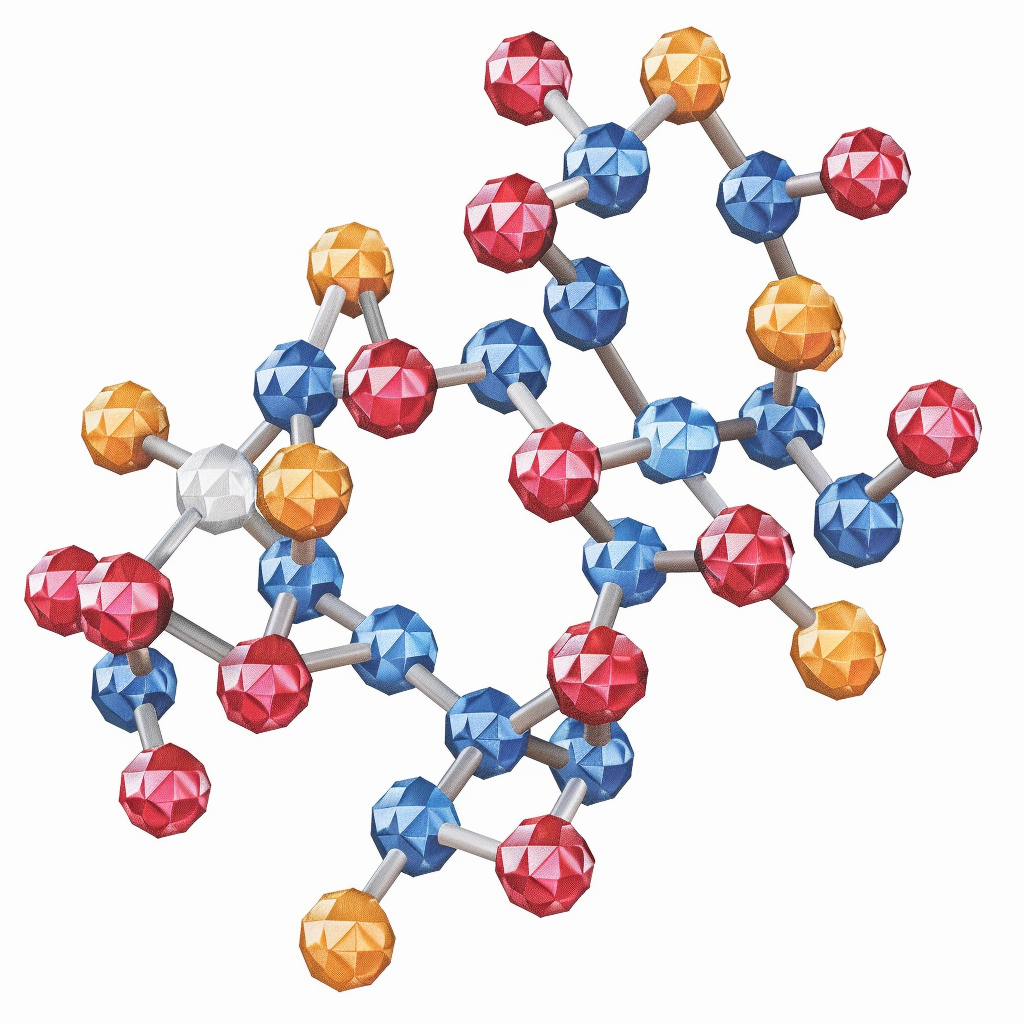
III. Uses
Ruxolitinib, a kinase inhibitor, has effectively treated specific hematological conditions. Let’s delve into the details:
-
Myelofibrosis:
- Ruxolitinib is indicated for treating intermediate or high-risk myelofibrosis (MF) patients, including primary MF, post-polycythemia vera MF, and post-essential thrombocythemia MF.
- Discontinue if there is no spleen size reduction or symptom improvement after 6 months of therapy1.
-
Polycythemia Vera:
- Ruxolitinib is indicated for polycythemia vera in patients who have had an inadequate response to or are intolerant of hydroxyurea.
- Continuation of treatment for >6 months should be limited to patients where benefits outweigh potential risks1.
IV. Off-Label Use
- Recent investigations have highlighted ruxolitinib’s anti-inflammatory properties and its potential beyond its primary indications.
- Alopecia Areata: Ruxolitinib shows promise in addressing this autoimmune hair loss condition.
- Specific Skin Conditions: It has been studied for various skin disorders, emphasizing its versatility.
- Continued research may reveal additional uses, potentially revolutionizing treatment approaches for these conditions1.
V. How It Works
The way Ruxolitinib works is closely connected to how it blocks the JAK-STAT signaling pathway, which plays a role in how cells react to outside triggers. By blocking this pathway, Ruxolitinib helps reduce inflammation and immune reactions, tackling the issue behind the diseases it aims to cure.
VI. Dosage and Administration
Ruxolitinib is typically administered following dosage recommendations with modifications tailored to different patient groups to enhance treatment effectiveness and reduce potential side effects. Its oral formulation offers versatility in administration, accommodating patient requirements and choices.
VII. Side Effects
Ruxolitinib offers hope to people, but it comes with its share of side effects. These may range from effects on blood and digestion to serious issues like a higher susceptibility to infections and liver problems. It's crucial to keep an eye, on these complications and handle them carefully to make sure that the treatments advantages outweigh any possible risks.
VIII. Important Precautions
The use of Ruxolitinib requires monitoring to detect and address possible side effects and issues early on. Healthcare providers need to track blood counts and liver enzymes adjusting treatment plans as needed. Additionally, it's crucial to be aware of how Ruxolitinib interacts with medications to prevent any harmful reactions that might impact patient well-being and treatment effectiveness.
Monitoring Requirements
- Regularly checking the blood counts.
- Keep an eye on liver function tests at scheduled times.
- Watching out for any indications of infection.
Managing Side Effects and Complications
It's important to manage treatment by adjusting doses and providing support to minimize side effects and avoid serious complications. Teaching patients how to identify signs of adverse reactions is crucial, for prompt intervention.
Interaction with Other Medications
It's important to assess a patients medication plan to catch any possible interactions, between drugs that might impact how Ruxolitinib works in the body.
IX. Special Considerations
Certain groups of people, like individuals, expectant mothers, breastfeeding women, and kids, need customized approaches for giving Ruxolitinib to weigh its healing advantages with possible drawbacks.
Taking precautions and providing thorough guidance to patients are crucial elements of the therapy plan to guarantee well-informed choices and top-notch care.

Administration to Elderly
Older individuals might show increased responsiveness, to Ruxolitinib. It's important to adjust the dosage carefully and keep a closer eye on any potential side effects.
Administration to Pregnant Women and Nursing Mothers
The limited research on the safety of Ruxolitinib in women and breastfeeding mothers requires a careful evaluation considering the advantages of the medication in comparison to any possible harm to the unborn child or nursing baby.
Administration to Children
When it comes to using Ruxolitinib in children for conditions there is potential benefit but we must carefully think about how much to give based on their age and also the possible effects on their growth and development, in the long run.
Handling Precautions and Patient Counseling
It is crucial to educate patients about how to handle their medication, be aware of potential side effects, and understand the significance of following the prescribed treatment plan to achieve successful therapy.
X. Interactions
The effects of Ruxolitinib go beyond medications, also taking into account dietary choices and lifestyle habits that might impact how well it works and how safe it is. Having a grasp of these connections is essential for healthcare professionals to provide well-rounded care.
Drug-Drug Interactions
Using Ruxolitinib alongside CYP3A4 inhibitors or inducers can cause notable changes in its blood levels, requiring modifications to the dosage.
Food and Lifestyle Interactions
Patients need to be informed about factors and lifestyle adjustments that could impact how Ruxolitinib works in the body, like staying away from grapefruit and sticking to a steady diet.
Impact on Laboratory Tests
Ruxolitinib might impact the outcomes of lab tests. Doctors need to consider these results concerning the patients treatment plan.
XI. Contraindications
It is crucial to identify patients for whom Ruxolitinib should not be used to ensure their safety. Absolute contraindications must be strictly followed. In contrast, relative contraindications call for an assessment of risks and benefits.
Absolute Contraindications
Patients who have a documented allergy to Ruxolitinib or any of the ingredients in the medication should avoid taking it.
Relative Contraindications
Patients with existing liver or kidney conditions should be careful. May require adjustments, to their medication dosage as needed.
XII. Careful Administration
Patients who have existing health conditions or liver or kidney issues require a method when using Ruxolitinib. This approach aims to maintain the effectiveness of treatment while reducing risks.
Guidelines for Patients with Pre-existing Conditions
It's crucial to gather a medical history and conduct a thorough physical examination to pinpoint any possible reasons to avoid certain treatments and customize the treatment strategy accordingly.
Adjustments in Patients with Liver or Kidney Impairment
It is crucial to make dosage changes according to the severity of liver or kidney issues to ensure that the levels of Ruxolitinib remain therapeutic without worsening existing conditions.
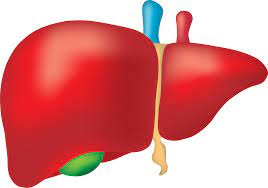
XIII. Overdosage
In cases of an overdose of Ruxolitinib, it is essential to identify symptoms, provide immediate treatment, and plan long-term care to minimize adverse effects.
Signs and Symptoms of Overdose
Excessive intake could show up as worsening of recognized side effects requiring careful observation and necessary assistance.
Immediate Actions and Antidote Information
When someone overdoses on Ruxolitinib, the treatment involves providing care and managing symptoms since there isn't a particular antidote for it.
Long-Term Management of Overdose Effects
Ensuring to keep track of and dealing with any lasting effects of an overdose is crucial for the patient's recovery.
XIV. Storage
Storing Ruxolitinib correctly ensures its effectiveness and safety. Patients need to be educated on the storage procedures following the suggested guidelines.
Recommended Storage Conditions
Remember to keep Ruxolitinib in a dry place, at room temperature, to maintain its effectiveness.
Shelf Life and Disposal Guidelines
Patients need to be told about how Ruxolitinib remains effective and how to get rid of any leftover or expired medication to keep the environment safe.


